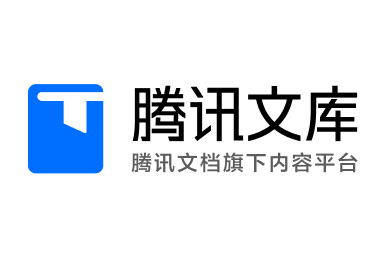日本山形大学开发出印刷具有导电性的墨水来形成布线的技术
日本山形大学开发出印刷具有导电性的墨水来形成布线的技术With the continuous advancement in technology, the demand for more effici
日本山形大学开发出印刷具有导电性的墨水来形成布 线的技术 With the continuous advancement in technology, the demand for more efficient and effective ways of developing various electronic systems is also on the rise. The traditional methods of creating circuitry on various materials have been limited to using metallic conductors or etching, which can be acostly and time-consuming process. Therefore, advancements in printing technologies have been introduced to offer a cheaper and faster method with the ability to deliver high-quality, low-cost, and flexible circuitry. One of the recent innovations in the printing industry was the development of conductive inks that have increased conductivity for use in printing circuits and electronic devices. One example of this innovation is the conductive ink developed by Yamagata University, which has ahigh conductivity rate and can be printed on various surfaces. The ink is manufactured using nanotechnology and can conduct electricity regardless of its printing substrate, which is ideal for use in creating flexible circuitry. The technology works by printing circuit layouts onto the surface of the substrate. These circuit layouts are based on predetermined specifications, which are input into the printing machine's software. The conductive ink is then deposited onto the substrate, and the circuit layout is produced. The technique can be used for creating awide range of electronic devices, including sensors, displays, RFID tags, wearable circuits, and more. There are many factors that make the conductive ink technology developed at Yamagata University avaluable innovation. The first is its ability to reduce production time and costs, which is due to the technique's simplicity and versatility. The ink can be printed on various types of substrates, including paper, plastic, glass, and textiles, enabling the creation of printed circuit boards for numerous applications. Additionally, the high conductivity of the ink provides higher processing speeds and improved signal quality, making it ideal for advanced electronic devices. Furthermore, the technique's flexibility is another important attribute that makes it stand out. The conductive ink technology can produce flexible circuits, which can be bent and shaped into different

